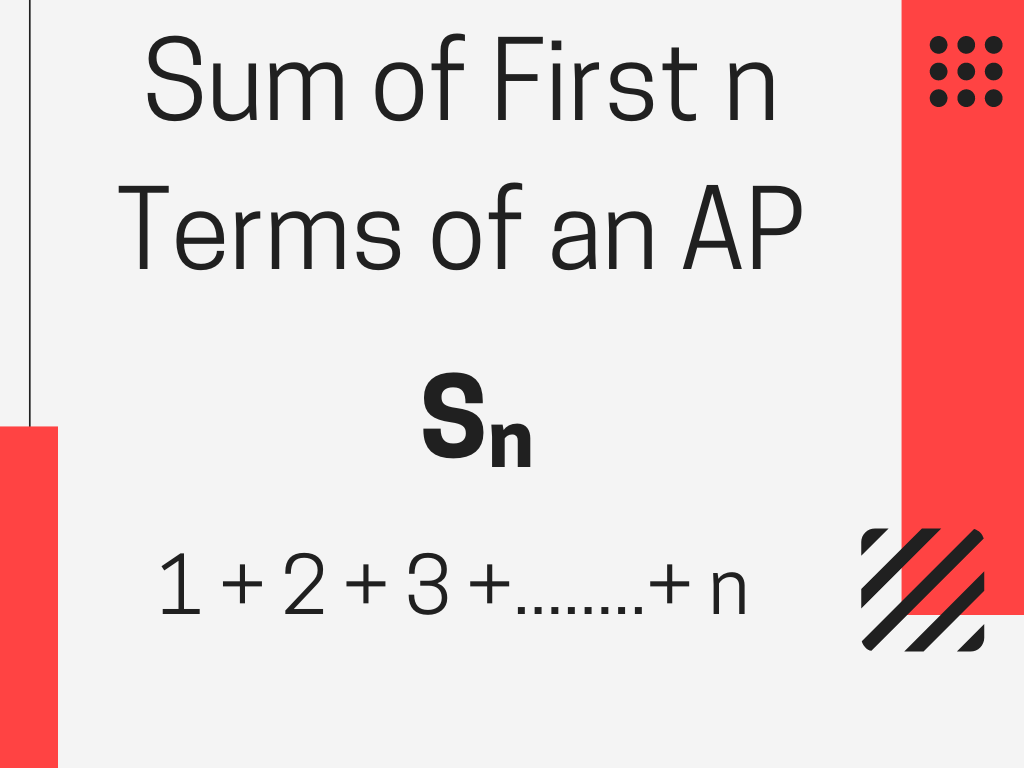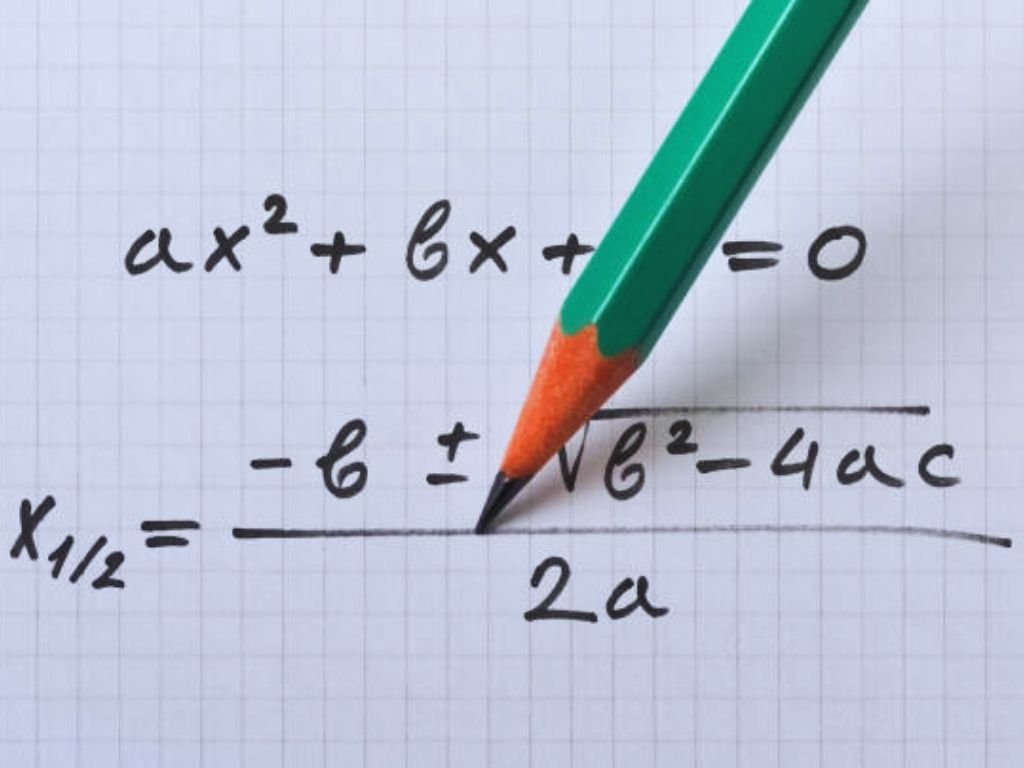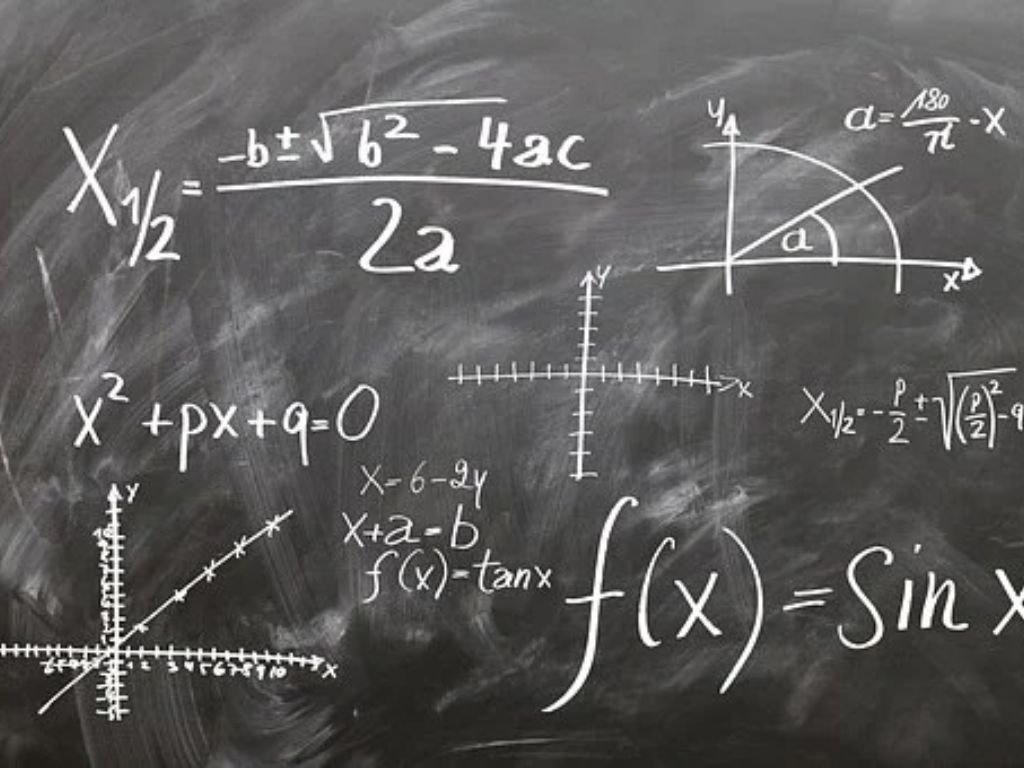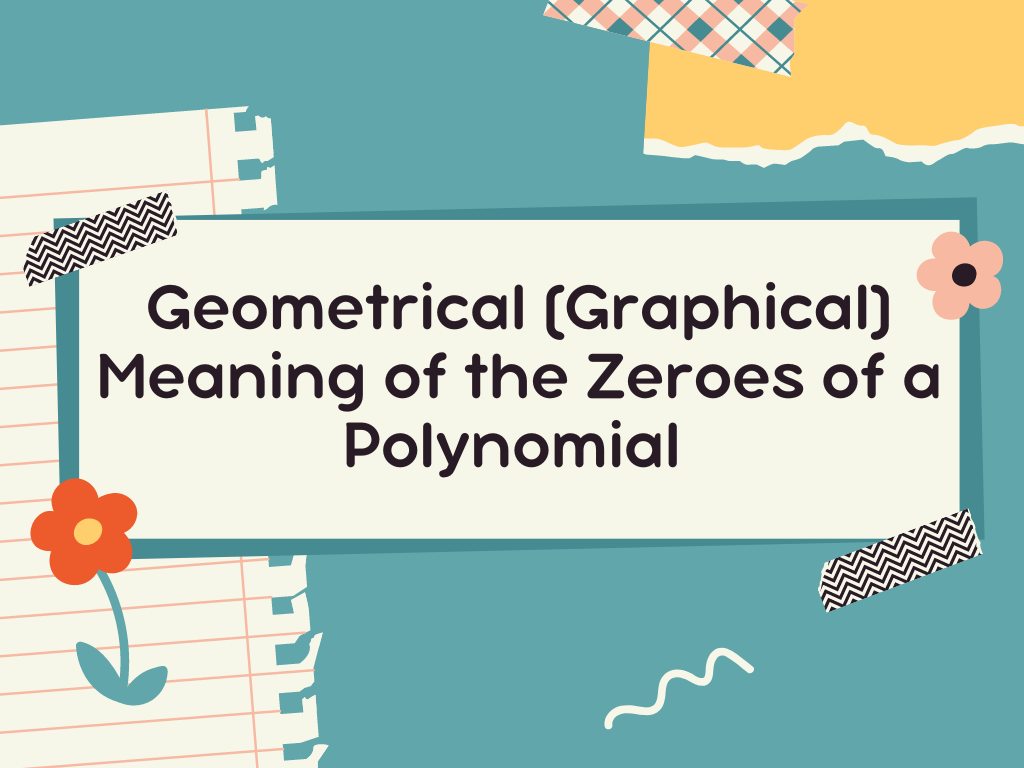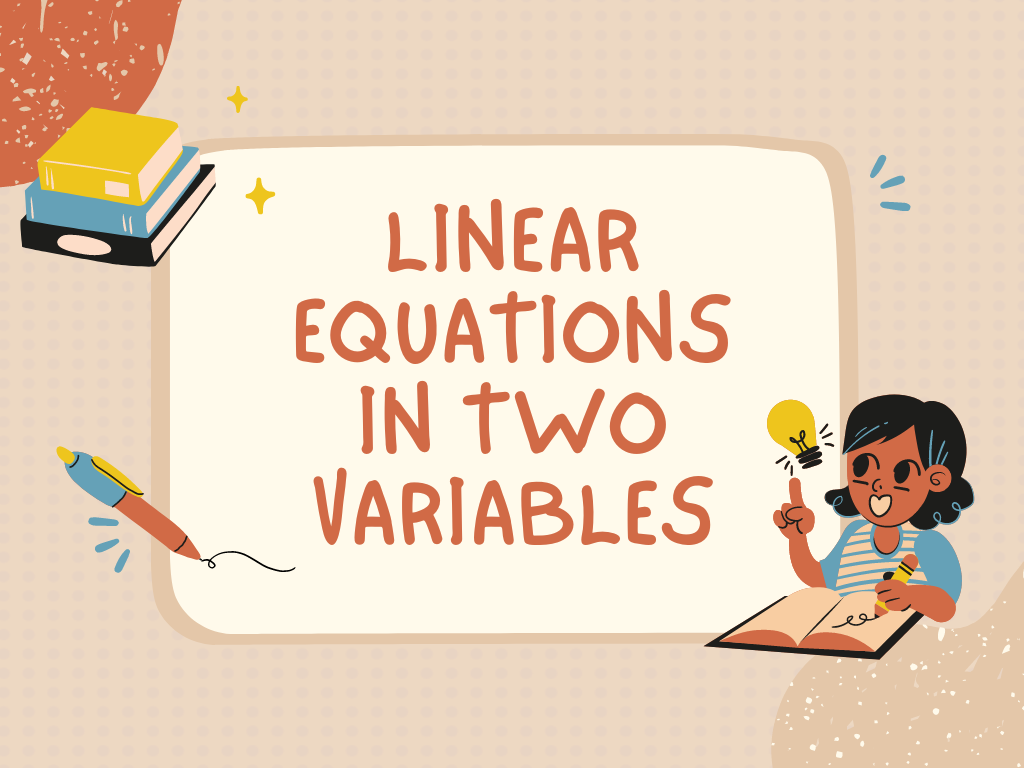We have studied algebraic expressions in the previous classes and we know that algebraic expressions are mixed expressions of English alphabets and numeric values. Polynomials are also a special type of algebraic expression. The word ‘polynomial’ is made up of two Greek words “poly” and “nominal”. “Poly” means many and “nominal” means terms. Therefore, polynomial means many terms. In this article of class 9th, we’ll study polynomials and terms related to it, the remainder theorem, the factor theorem, and the use of both theorems in the factorization of polynomials. We’ll also study some more algebraic identities and their use in factorization.
Polynomials in One Variable
Variable – We know that variables are the unknown values used for any real value denoted by English alphabets like x, y, z, t, etc. The value of the variable can be changed for different situations.
Constant – Constants are the real known values used in polynomials. The value of a constant does not change throughout a particular situation. Sometimes we use English alphabets such as a, b, c, etc. to denote constants when we do not know what the constant is.
The expression which contains only one variable is called a polynomial in one variable.
Examples – (1) 3x (2) x2 – 2x (3) x4 + x3 – x2 (4) 5x + 2
In the above examples, all the expressions have only whole numbers as the exponents of the variable and the variable is x. Similarly, y2 + 3y is the polynomial in the variable y and 6z – 4 is the polynomial in the variable z.
Terms – In polynomials, terms are connected with the arithmetic operations addition (+) and subtraction (–). In the polynomial y2 + 3y, the expressions y2 and 3y are called the terms of the polynomial and there are two terms in the polynomial y2 + 3y. Similarly, in the polynomial x4 + x2 – 2, there are three terms x4, x2, and -2. The polynomial 6z – 4 has two terms 6z and -4.
Coefficient – In every polynomial, the multiplication factor of any term is called the coefficient. In the polynomial 5x + 2, the coefficient of x is 5 and the coefficient of x0 is 2. Similarly, in the polynomial x4 + 3x3 – 8x2, the coefficient of x4 is 1, the coefficient of x3 is 3, and the coefficient of x2 is -8.
Constant Polynomial – If a polynomial contains only a single constant value, then the polynomial is called the constant polynomial. Polynomials 5, -7, 3, etc. are examples of constant polynomials.
Zero Polynomial – The constant polynomial 0 is called the zero polynomial.
Non-polynomials
We know that in any polynomial, the exponents of the variable are only whole numbers. If an expression has any other number which is not a whole number as the exponents of the variable then that expression is called non-polynomial.
Examples –
1) x + 1/x
We can write, x + 1/x = x + x-1.
Here, the exponent of the second term x-1 is -1, which is not a whole number. So, this algebraic expression is not a polynomial.
2) √y – 2
We can write, √y – 2 = y1/2 – 2.
Here, the exponent of y is ½, which is not a whole number. So, this is not a polynomial.
3) 4√z + z-3
We can write, 4√z + z-3 = z1/4 + z-3.
Here, the exponents of both terms are ¼ and -3, which are not whole numbers. So, this is not a polynomial.
Note – We can denote a polynomial according to the variable present in it. If the variable in a polynomial is x, then we may denote the polynomial by p(x), or q(x), or r(x), etc. Let’s take some examples to understand.
1) p(x) = x2 – 2x
2) q(y) = y2 + 3y + 1
3) r(z) = z4 + z3 – z2
4) s(u) = 3 + 6u – 4u2 + u3
Types of Polynomials
(1) Monomials – The polynomials which have only one term are called monomials. ‘Mono’ means ‘one’.
Examples – 6x, 7y2, -9x4, 3, z3, y, etc.
(2) Binomials – The polynomials which have only two terms are called binomials. ‘Bi’ means ‘two’.
Examples – p(x) = x3 + 1, q(y) = y – 5y2, r(x) = 7x5 + 6x6, s(z) = z – 8, etc.
(3) Trinomials – The polynomials which have three terms are called trinomials. ‘Tri’ means ‘three’.
Examples – p(x) = 5x9 – x2 + 2x3, q(y) = y2 + 5y – √3, r(z) = z2 + z + 1, s(u) = 4 – u4 + 4u, etc.
Degree of Polynomials
In a polynomial, the highest power of the variable is called the degree of a polynomial. The variable in the polynomial 5x9 – x2 + 2x3 is x and the highest power of x is 9 so the degree of this polynomial is 9.
Example – Find the degree of the polynomials given below:
(1) x3 – 2x + 1
(2) y + y5 – 8 + 4y
(3) 9 + x – 6x2 + x3 – 2x4
(4) 8
(5) x
Solution – (1) x3 – 2x + 1
The highest power of the variable x is 3. So, the degree of the polynomial is 3.
(2) y + y5 – 8 + 4y
The highest power of the variable y is 5. So, the degree of the polynomial is 5.
(3) 9 + x – 6x2 + x3 – 2x4
The highest power of the variable x is 4. So, the degree of the polynomial is 4.
(4) 8
The given polynomial is a constant polynomial that can be written as 8x0. So, the exponent of x is 0. Therefore, the degree of the polynomial is 0.
(5) x
The highest power of the variable x is 1. So, the degree of the polynomial is 1.
Note – The degree of a non-zero constant polynomial is always zero.
Linear Polynomial
A polynomial of degree one is called a linear polynomial.
Examples – (1) 6x +5 (2) x – 2 (3) 7x (4) √3y + 2 (5) z + √2 (6) 10u
The degree of each of these polynomials is one. In the above examples, we can see that each polynomial has one or two terms which means each of these polynomials is either a binomial or a monomial. So, we can say that a linear polynomial can have at most two terms. Therefore, any linear polynomial in x will be of the form ax + b, where a and b are constants and a ≠ 0. ax + b is called the general form of the linear polynomials.
Quadratic Polynomial
A polynomial of degree two is called a quadratic polynomial.
Examples – (1) x2 + 3x + 1 (2) 2 – 7x2 (3) y2 + p (4) 4z2 + 5z (5) u – u2 (6) 9y2
The degree of each of these polynomials is two. In the above examples, we can see that each polynomial has one or two, or three terms which means each of these polynomials is a trinomial or a binomial, or a monomial. So, we can say that a quadratic polynomial can have at most three terms. Therefore, any quadratic polynomial in x will be of the form ax2 + bx + c, where a, b, and c are constants and a ≠ 0. ax2 + bx + c is called the general form of the quadratic polynomials.
Cubic Polynomial
A polynomial of degree three is called a cubic polynomial.
Examples – (1) 2x3 – x (2) y3 + y2 + y + 1 (3) 3z3 (4) u2 – 6u3 (5) 2x3 + 1 (6) y3 + 5y – 8
The degree of each of these polynomials is three. In the above examples, we can see that each polynomial has one or two or three, or four terms which means each of these polynomials is a trinomial or a binomial, or a monomial. So, we can say that a cubic polynomial can have at most four terms. Therefore, any cubic polynomial in x will be of the form ax3 + bx2 + cx + d, where a, b, c, and d are constants and a ≠ 0. ax3 + bx2 + cx + d is called the general form of the cubic polynomials.
Note – (1) With the help of the above explanation, we can write a polynomial in one variable x of degree n for any natural number n.
p(x) = anxn + an-1xn-1 +…………+ a1x + a0
Where, an ≠ 0 and an, an-1, ……..,a1,a0 = constants
(2) In the above expression, if a0 = a1 = a2 = …… = an = 0 (all the constants are zero), then we get the zero polynomial, which is denoted by 0. The degree of the zero polynomial is not defined.



















































































































































